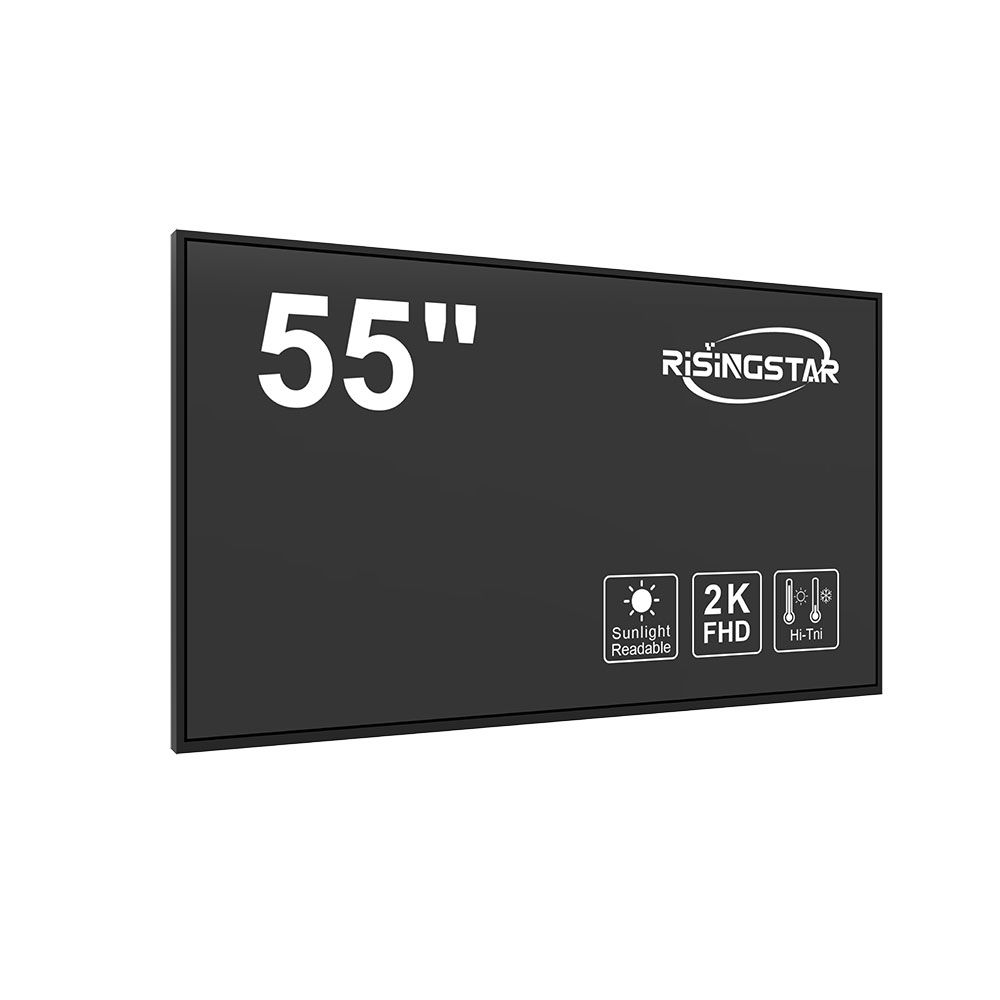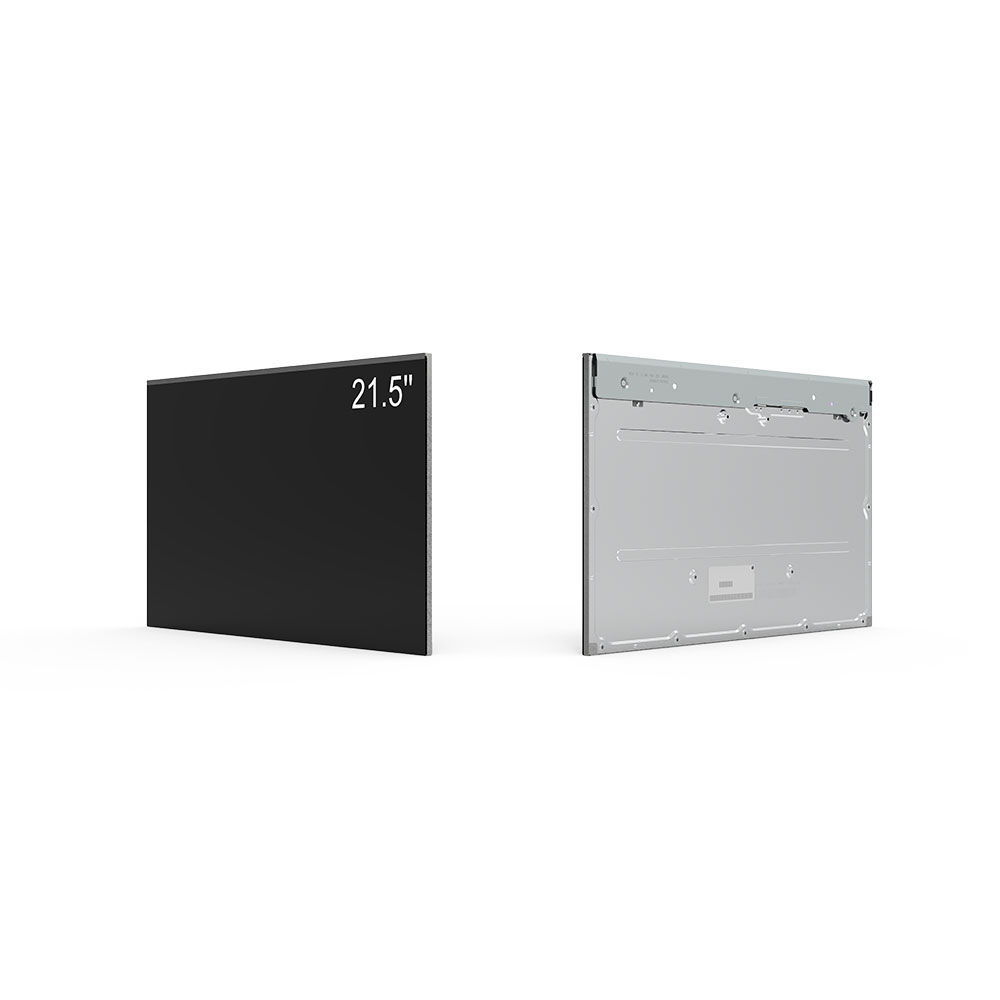Outdoor LCD screens have become essential tools for modern businesses, public spaces, and urban infrastructure. Whether it’s a digital signage solution in a retail store, an information display at a transit station, or a dynamic advertising screen in a busy city square, choosing the right outdoor LCD screen requires careful consideration of technical specifications, environmental conditions, and long-term performance. As a professional outdoor display engineer with over a decade of experience in designing and deploying high-brightness LED and LCD solutions across North America, Europe, and Asia, I’ve seen firsthand how improper selection can lead to premature failure, poor visibility, and wasted investment.
屋外LCDスクリーンの選択の最初のステップは,その操作環境を理解することです.屋内ディスプレイとは異なり,屋外ユニットは極端な温度 (-20°Cから+60°C),湿度,紫外線曝露,雨,風,破壊行為にも耐えなければなりません.国際電気技術委員会(IEC)規格IEC 60068-2によると、屋外電子機器は熱衝撃、耐腐食性、機械耐久性についてテストする必要があります。よく設計された屋外LCDスクリーンは,IP65以上の保護評価 (防防防防防防防防良良良く設計された屋外LCDスクリーンは,防良い防良く良な設計の屋外LCDスクリーンは,IP65またはIP65以上の保護評価を満たす必要があります.
Brightness is arguably the most critical parameter for outdoor visibility. While indoor LCDs typically operate at 300–500 nits, outdoor screens need to exceed 5,000 nits—often up to 10,000 nits—to remain visible under direct sunlight. This is based on industry benchmarks from the Society of Information Display (SID) and real-world case studies conducted by companies like LG Electronics and Samsung Display. For example, a study published in the SID Journal in 2022 showed that screens with less than 5,000 nits lost over 70% of readability during peak daylight hours in urban environments. The brightness level should also be adjustable via automatic light sensors (ALS) to conserve energy and reduce glare during nighttime hours—a feature increasingly required by smart city initiatives.
Contrast ratio and color accuracy are equally important. Outdoor screens often suffer from reduced contrast due to ambient light reflection. To counter this, manufacturers use anti-glare coatings, wide viewing angles (typically 178° horizontal and vertical), and advanced panel technologies such as IPS (In-Plane Switching) or VA (Vertical Alignment). In a field test conducted in Dubai in 2023, an IPS-based outdoor LCD maintained 92% of its color gamut under direct sun, while a TN panel dropped to just 58%. Therefore, investing in panels with superior color consistency ensures brand integrity and message clarity—even in harsh lighting.

Another crucial factor is power efficiency and heat dissipation. Outdoor screens generate significant heat, especially when running 24/7. A typical 55-inch outdoor LCD may consume 150–250 watts depending on brightness settings. Poor thermal management can shorten lifespan and increase maintenance costs. Leading manufacturers like Sharp and NEC incorporate passive cooling systems (heat sinks, fans with dust filters, and intelligent thermal regulation algorithms) to maintain optimal internal temperatures. In one case study from Tokyo’s Shibuya Station, a screen with inadequate cooling failed after just 18 months due to overheating—costing the city over $15,000 in repairs and downtime.
Mounting options and structural design also matter. Fixed mounting, tilting brackets, and motorized systems each serve different purposes. For example, a retail kiosk might benefit from a fixed mount, while a traffic information screen in a highway rest area would require a tilt-adjustable bracket to optimize viewing angles for drivers. Additionally, vandal-resistant enclosures made from polycarbonate or stainless steel are essential in high-risk locations. The U.S. Department of Homeland Security recommends using tamper-proof screws and reinforced frames in public-facing installations.
Maintenance accessibility is often overlooked but vital. Many outdoor screens fail not because of component defects but due to poor serviceability. Screens should have easily removable front panels, modular power supplies, and remote diagnostics capabilities. For instance, a 2021 deployment in London’s Leicester Square used a modular design that allowed technicians to replace a faulty backlight module within 15 minutes—reducing average repair time from 48 hours to under 2 hours.

Finally, integration with content management systems (CMS) and cloud platforms is becoming standard. Modern outdoor LCDs should support IP-based control protocols like ONVIF, HTTP, or MQTT, enabling centralized monitoring and scheduling. Brands like Barco and Panasonic now offer built-in AI-powered CMS that automatically adjust brightness, rotate ads, and detect anomalies like black screens or dead pixels—features







